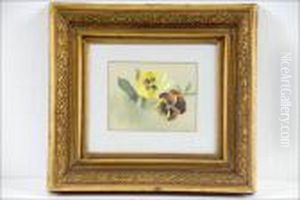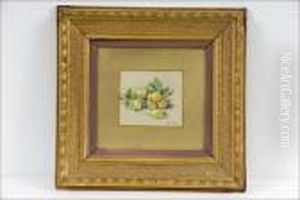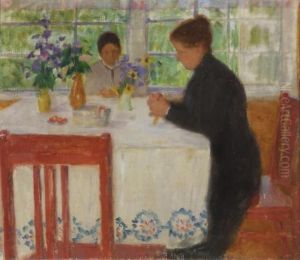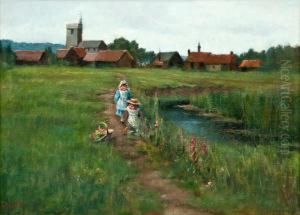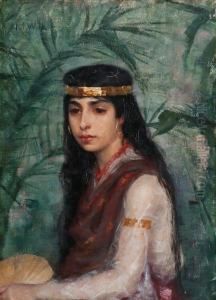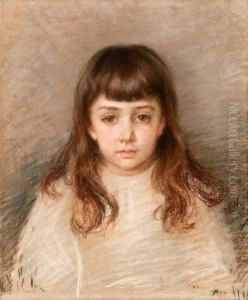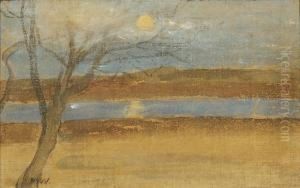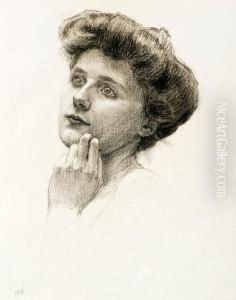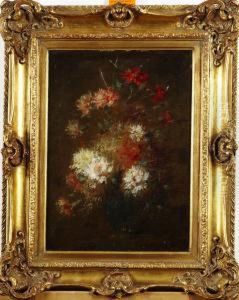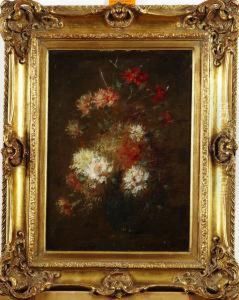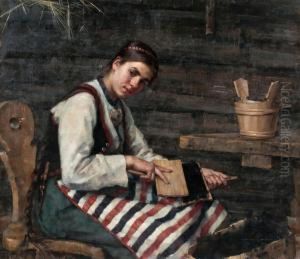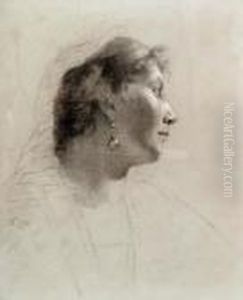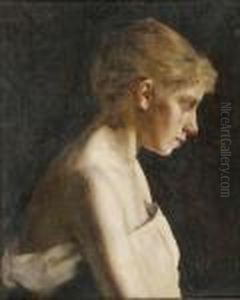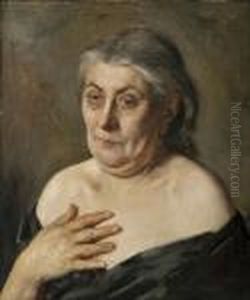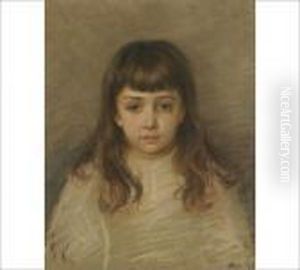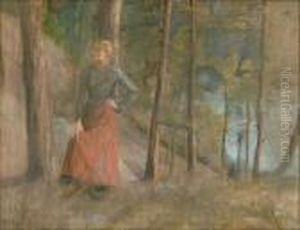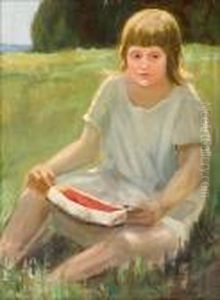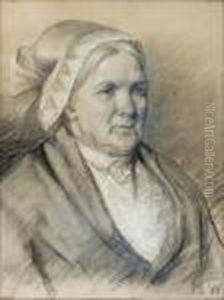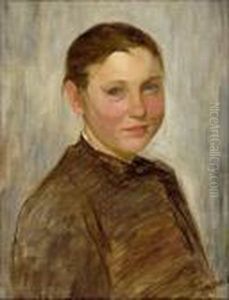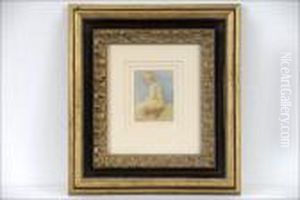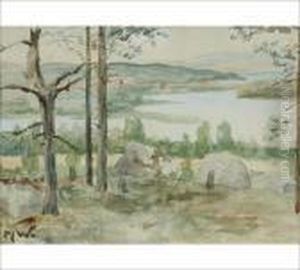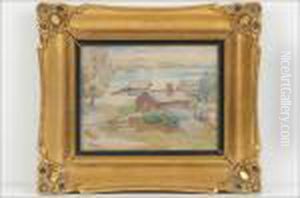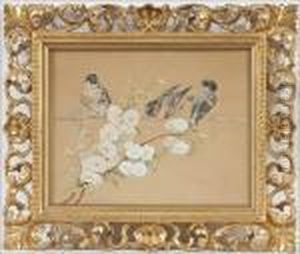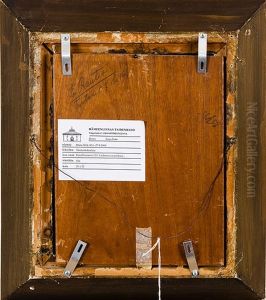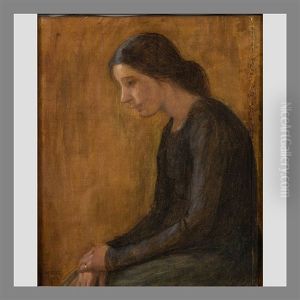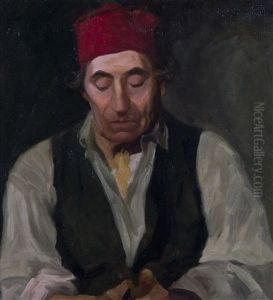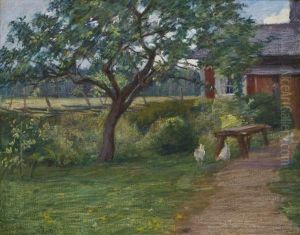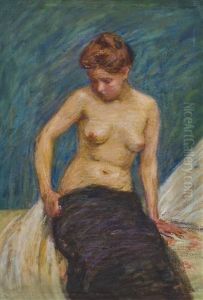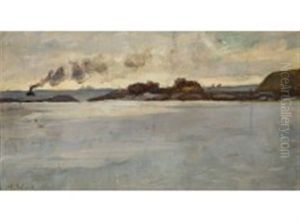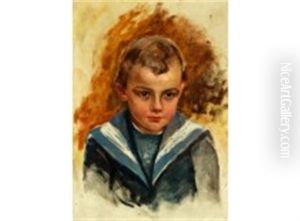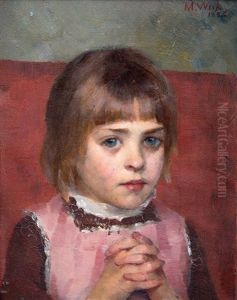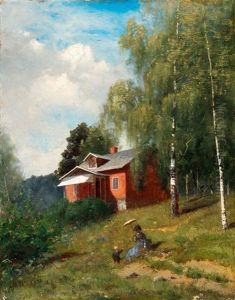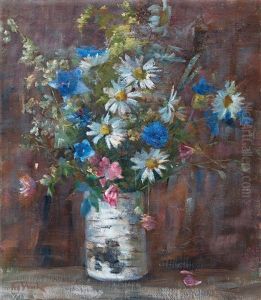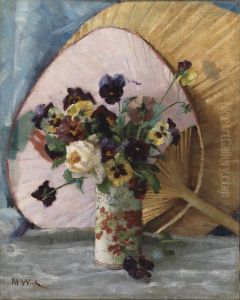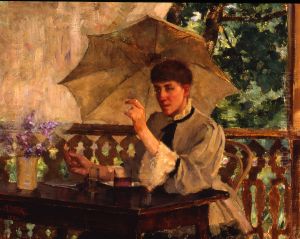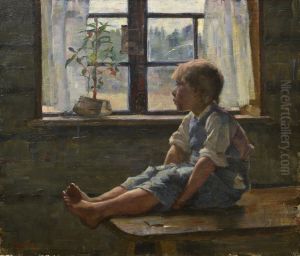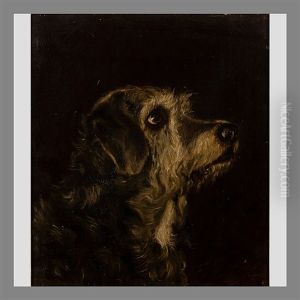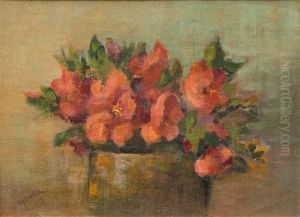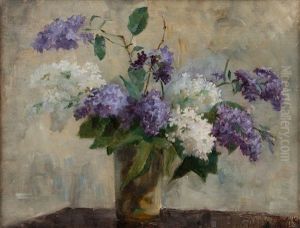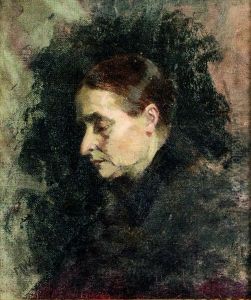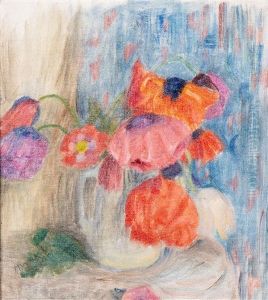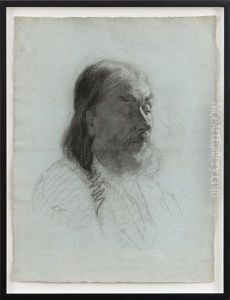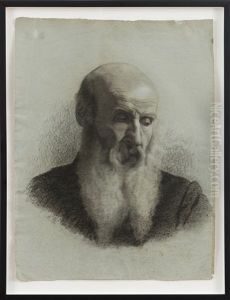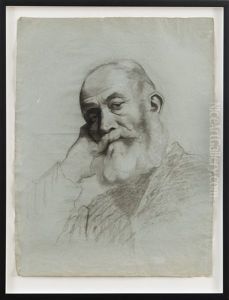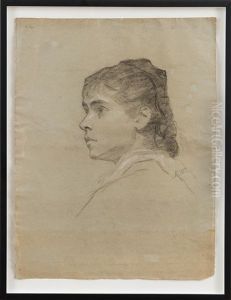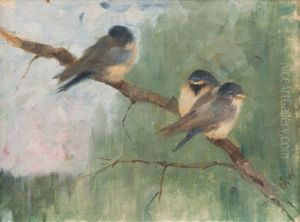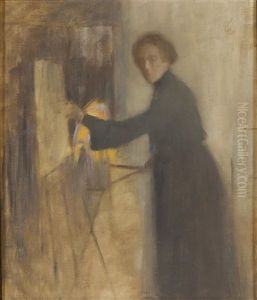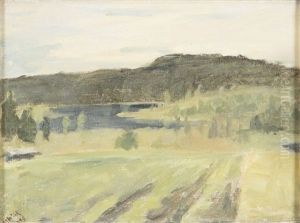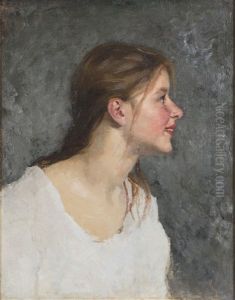Maria Wiik Paintings
Maria Wiik was a Finnish artist born on August 3, 1853, in Helsinki. She was one of the prominent figures of Finnish art in the late 19th and early 20th centuries. Wiik's talent in art emerged early, and she was fortunate to receive training at a time when women were beginning to be accepted in art academies. She studied at the Drawing School of the Finnish Art Society in Helsinki and later continued her education in Paris, which was the center of the art world at the time.
In Paris, Maria Wiik studied under notable artists such as William-Adolphe Bouguereau and Tony Robert-Fleury. Her time in Paris significantly influenced her style, which incorporated elements of realism and naturalism, popular in French art at that time. Wiik's work often featured portraits, genre scenes, and landscapes. She was known for her delicate use of light and color, and her ability to capture the psychological depth of her subjects.
Throughout her career, Maria Wiik participated in numerous exhibitions in Finland and abroad. She was a member of the Finnish Art Society and played a significant role in the cultural life of Finland. Wiik also worked as a teacher, sharing her knowledge and skills with the next generation of Finnish artists.
Maria Wiik's contributions to Finnish art were recognized during her lifetime, and she received several awards and honors. Her artwork is represented in various public collections, including the Ateneum Art Museum in Helsinki, which houses an important collection of Finnish art. Wiik remained active as an artist until her later years, continuing to paint and exhibit her work.
Maria Wiik passed away on October 19, 1928, in Helsinki. Her legacy lives on as part of the rich cultural heritage of Finland, and she is remembered as a trailblazer for women in the Finnish art scene.
